Recently updated on August 13th, 2023 at 09:46 am
Is there anything more charming than a penguin? Whether you’ve seen them up close or only on your TV screen, their slippery shenanigans always make us smile. But sadly, their populations are shrinking every year. So to celebrate and raise awareness for our favourite flippered friends on National Penguin Day (20th January) – here are 11 phenomenal penguin facts bound to blow you out the water.
All 18 penguin types live in the southern hemisphere


Our tip? Head south on your penguin-spotting adventure. All 18 penguin types (emperor, chinstrap, and adélie penguins being the most common) live in the southern hemisphere. The north pole’s predators (polar bears and artic foxes) are understandably off-putting. Plus the ice is thinner in the south meaning there’s more water for penguins to hunt in. This means the majority have made Antarctica their happy home. Plus the coasts of South Africa, South Georgia & The Sandwich Islands, Falkland Islands, Chile, Argentina, Peru, Uruguay, Brazil, Angola, Mozambique, Japan, Australia, New Zealand and the Galapagos Islands. As if you needed an excuse to travel…
Their black-and-white tuxedos act as underwater camouflage
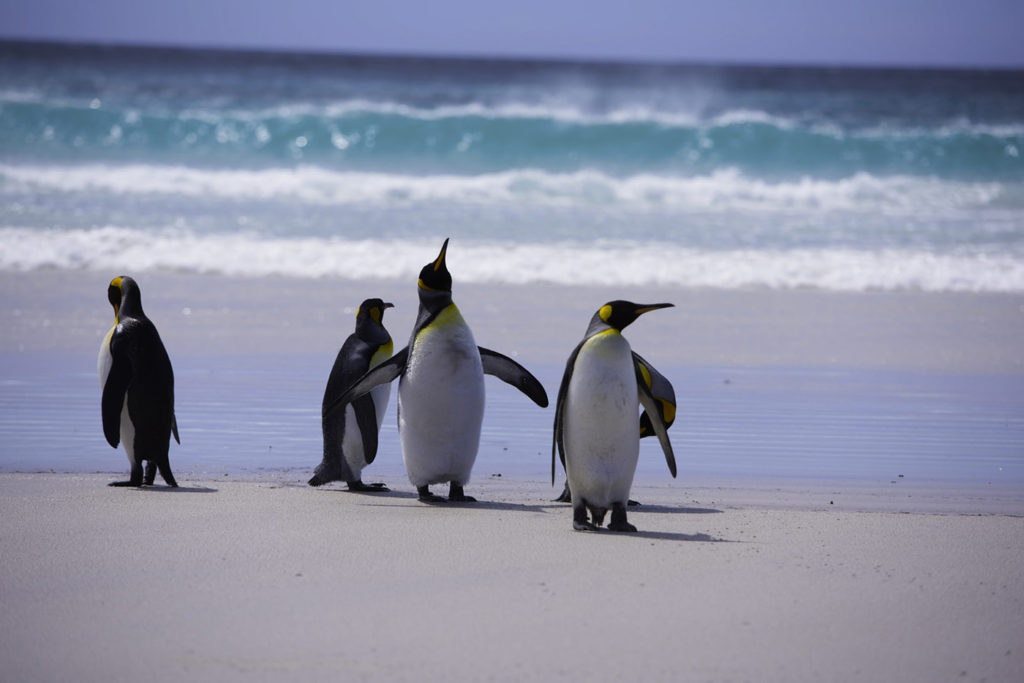

You heard that right. The penguin’s iconic black-and-white tuxedo look camouflages them from potential prey in the water. Their black tops look like the dark depths of the ocean when viewed from above, while their white bottoms look like the bright surface of the ocean when viewed below. Genius… and fashionable.
People-sized penguins existed over 60 million years ago


There’s evidence that the first trace of penguins (the ‘Great Auks’) date back to pre-dinosaur times. Fossils show these stood up to 6.5 feet tall and weighed over 250 pounds! Fun fact: you can see enormous penguins in the animated film Surf’s Up!
A group of penguins has more than one name


Penguin huddle together for warmth and protection. These range from just a handful of penguins to up to 500,000! And it can get a rosy 37.5°C in there. This cosy sight is called a colony, rookery or huddle. While a group of penguins together in the water is called a raft. Makes sense, right?
GET INSPIRED: Marvel at penguins when you travel with Trafalgar on the Land of the Incas cruise
Penguin highways are a real thing
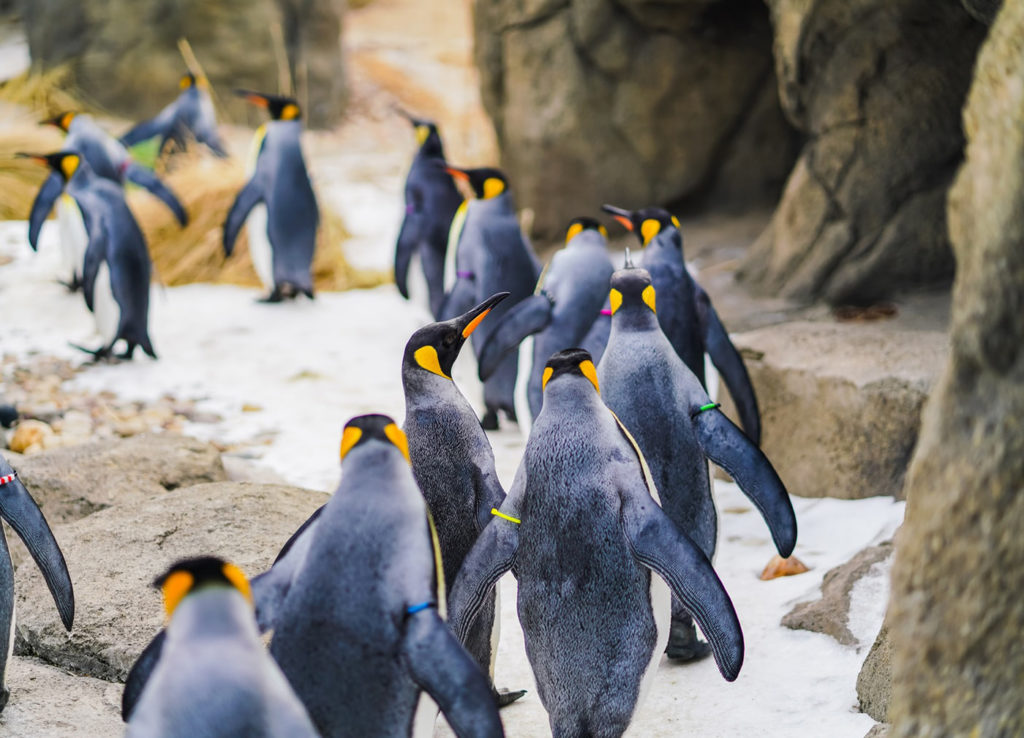

Forget trips to the supermarket, penguins work together to create passageways through the ice – called ‘penguin highways’ – where they can transport and collect food. Krill, squids, and fishes are their favourites.
Male penguins give females rocks to woo them


Who said romance was dead? Many male penguins pick out the perfect rock and hand it over to the female penguin of their chose. The female then makes a nest using the rock. And who knows… the two may become an item.
They can’t fly, but they can jump!


Penguins are flightless birds. But they can leap up to 9 feet between blocks of ice and slide elegantly on their bellies (called ‘tobogganing’). Don’t you wish you could do that? And dive dramatically into the water. Here, their feet act as rudders which they can angle to steer direction as they swim.
Female emperor penguins sometimes kidnap babies
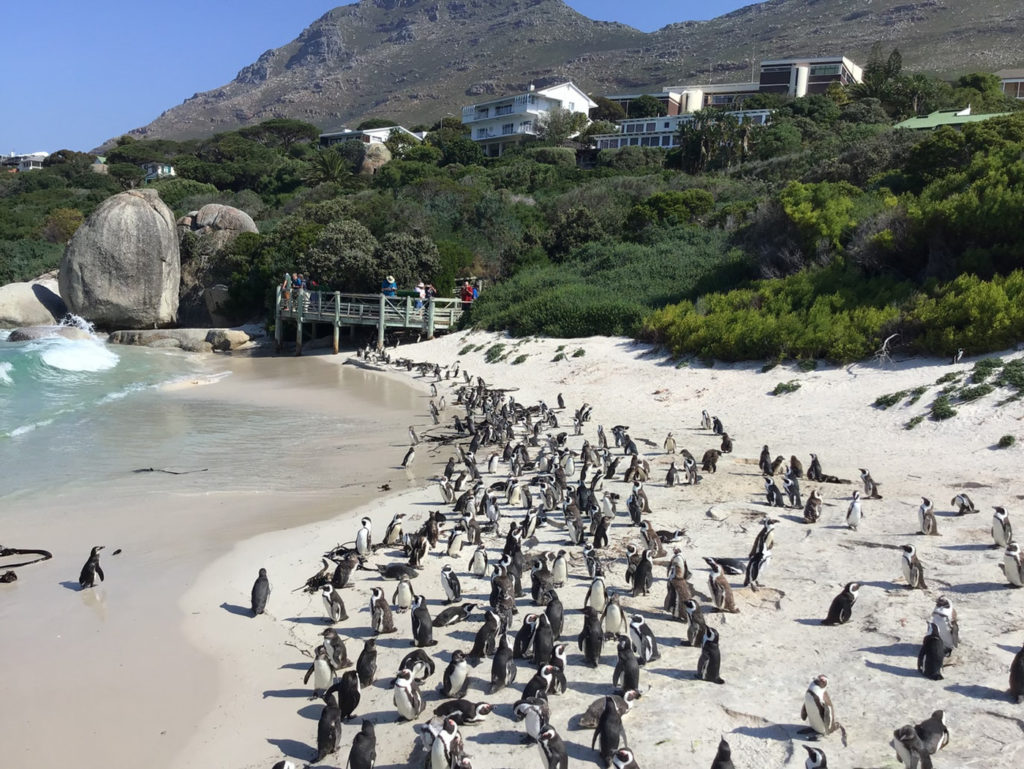

When their baby dies, a female emperor penguin will often kidnap another baby penguin from someone else. Survival of the warmest!
Penguins use waterproof oil before swimming
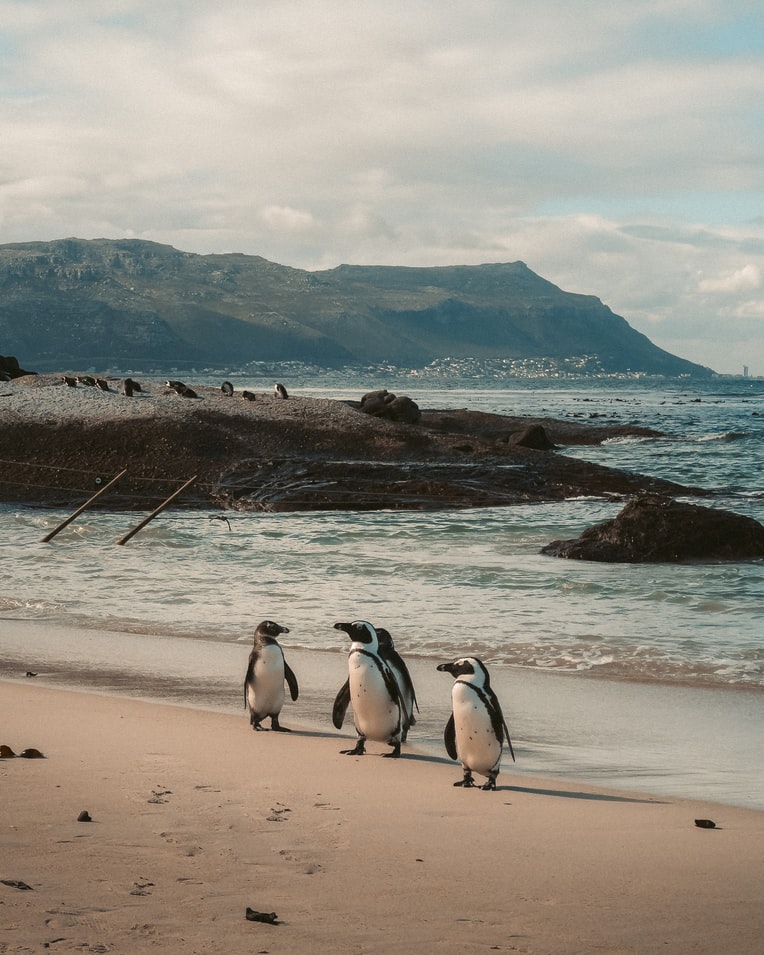

A gland near the base of the penguin’s tail produces waterproof oil. They cleverly cover their feathers in this oil (especially before swimming) to make sure they glide as seamlessly as possible in the water.
A gentoo penguin can swim up to 22mph!


The gentoo penguin blows its friends out the water. Literally. While most penguins swim 4 to 7 mph, the gentoo can soar up to 22mph when it’s feeling fresh. That’s as fast as a professional cyclist!
Emperor Penguins have stay-at-home Dads
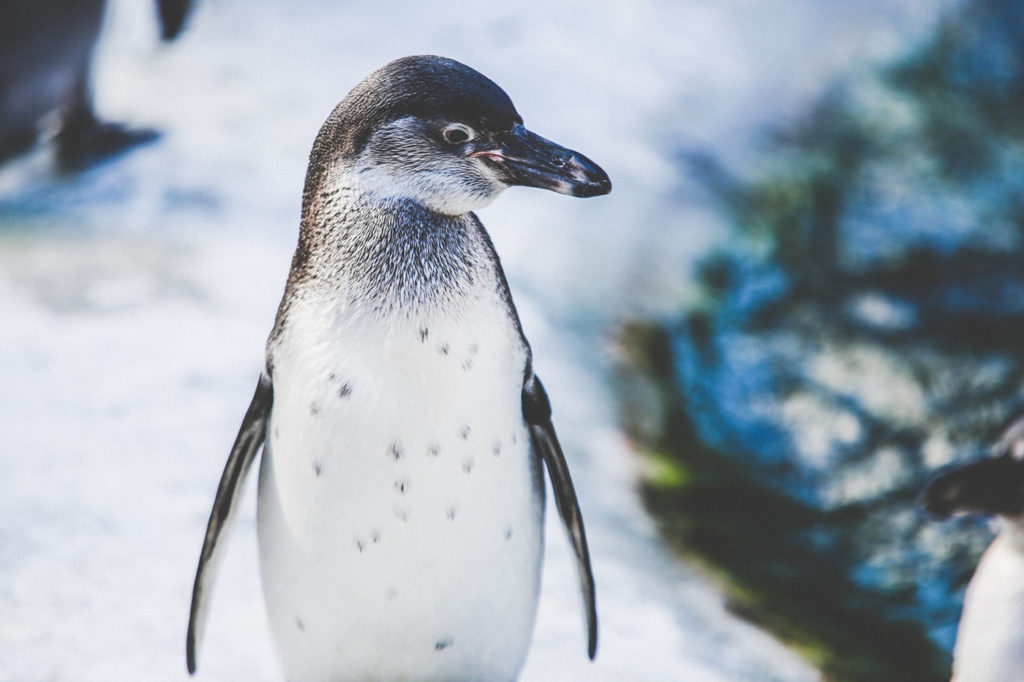

After the females give birth to penguin chicks, the male penguin steps in and shelters the young in his warm pouch. Meanwhile, the female goes hunting for up to two months and returns with piles of food. Amazingly, the male will not eat anything the entire time.
Final word
As you read this, the northern rockhopper, the erect-crested, the yellow-eyed, the African and the Galápagos penguin types are all endangered. By 2100, it’s estimated at least two-thirds of emperor penguin colonies will have dramatically declined and need new breeding places.
Please share this article to raise awareness. And tell us where would you like to go to spot these amazing creatures? Let us know in the comments!